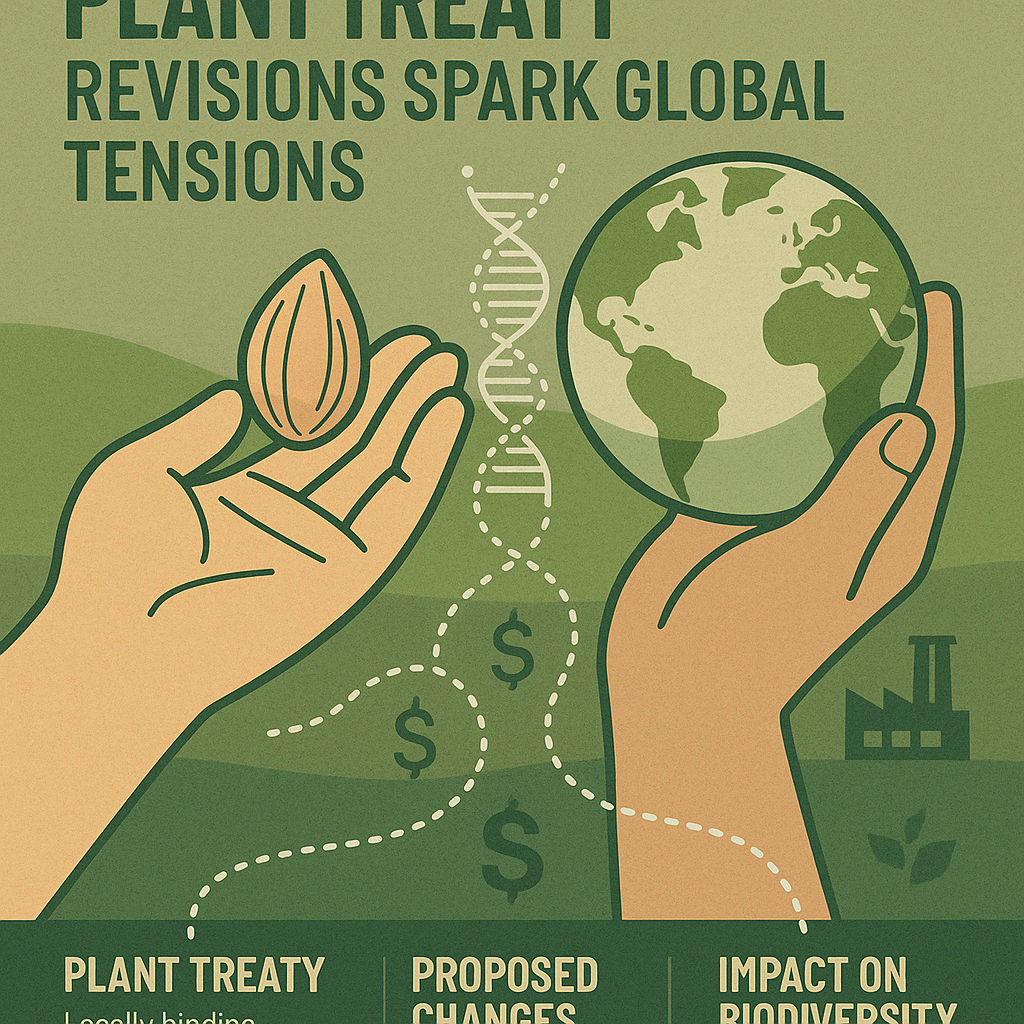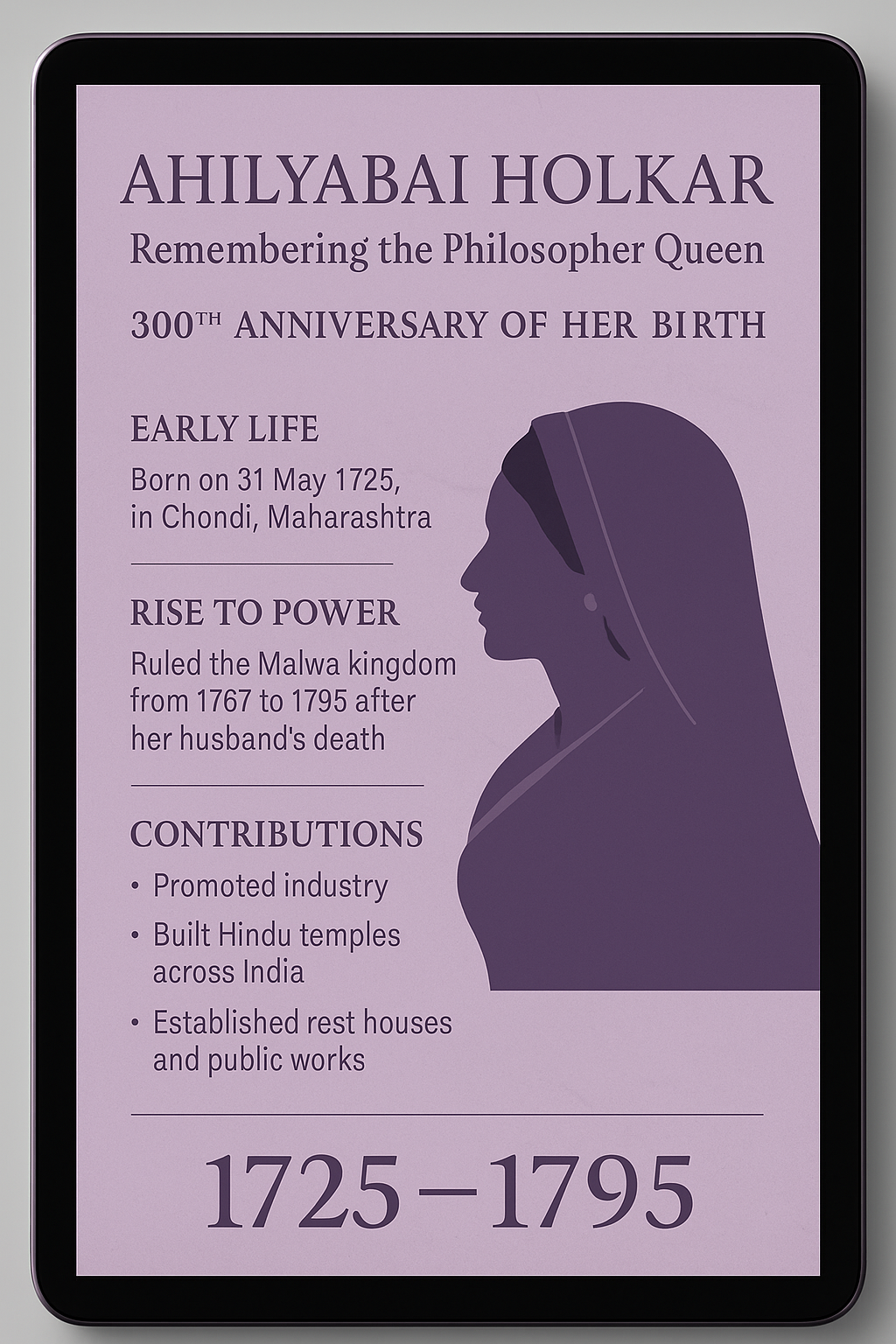
🧭June 26, 2025 Post 1: India-ASEAN Trade Deal Review: The Need for Real Reciprocity | High Quality Mains Essay: India–ASEAN Relations: Between Geography, Geometry, and Genuine Reciprocity | For IAS-2026 :Prelims MCQs
India-ASEAN Trade Deal Review: The Need for Real Reciprocity

NATIONAL HERO — PETAL 001
Post Date: June 26, 2025
Thematic Focus: GS2 – International Relations / Trade Agreements
🟡 Intro Whisper
Over 15 years after its signing, the ASEAN-India FTA stands at a crossroads — a gateway to either course-correct the growing trade imbalance or remain a cautionary tale of rushed liberalisation without reciprocity.
🌸 Key Highlights
- India’s trade deficit with ASEAN surged to $44 billion in FY23, up from $8 billion in FY13.
- India opened 71% of its tariff lines, while ASEAN nations offered significantly lower access (Indonesia 41%, Vietnam 66.5%, Thailand 67%).
- 9 review meetings have been held since 2024 with little headway.
- ASEAN countries still impose Non-Tariff Barriers (NTBs), restricting Indian exports in agriculture, pharma, and services.
- India’s flagship connectivity projects like IMT Highway and Kaladan aim to deepen strategic linkages.
🧭 Concept Explainer
ASEAN and India – From Dialogue to Disillusionment?
While ASEAN and India share a long history of cooperation — upgraded from Sectoral Dialogue Partner in 1992 to Comprehensive Strategic Partnership by 2022 — the economic leg of the partnership has been plagued by asymmetry.
India’s services sector and agriculture face barriers. Worse, Rules of Origin loopholes enable Chinese goods to infiltrate Indian markets via ASEAN, undermining India’s manufacturing dreams.
🧮 GS Paper Mapping
- GS Paper 2:
• Bilateral and regional groupings involving India
• India’s Act East Policy
• Agreements involving India and/or affecting India’s interests - GS Paper 3 (Overlap):
• Indian Economy and external sector
• Effects of liberalization on the economy
🌠 A Thought Spark — by IAS Monk
“Trade, like trust, is sacred — once betrayed, it breeds deficit in both economy and diplomacy. To build a truly fair partnership, reciprocity must be the compass, not rhetoric.”
High Quality Mains Essay For Practice :
Word Limit 1000-1200
🪷 India–ASEAN Relations: Between Geography, Geometry, and Genuine Reciprocity
In the blue vastness of the Indo-Pacific, India and Southeast Asia are not separated by the sea — they are connected by it. The waters that flow between the eastern shores of India and the archipelagic ASEAN nations are not barriers but bridges. Yet, in the quiet arithmetic of trade deficits, skewed concessions, and diplomatic silences, the warm waters of the Bay of Bengal often mask a strategic drift. As India and ASEAN attempt to review their Free Trade Agreement signed more than a decade ago, the time is ripe to reimagine the relationship in the light of mutual equity, changing geopolitics, and deeper regional integration.
🌏 From Dialogue to Partnership: A Brief Evolution
India’s engagement with ASEAN has grown in both symbolism and substance since the early 1990s. What began as Sectoral Dialogue Partnership in 1992 gradually evolved into a Full Dialogue Partnership by 1996, Strategic Partnership in 2012, and finally culminated in a Comprehensive Strategic Partnership in 2022. These milestones reflected a steady deepening of diplomatic, economic, and cultural ties — a multi-decade embrace that coincided with India’s eastward shift in foreign policy.
India’s “Look East Policy”, initiated in the aftermath of economic liberalization in the early 1990s, was not just a geographical reorientation. It was a signal that India, for too long preoccupied with the West, was reclaiming its eastern neighbourhood — once part of ancient trade routes, cultural exchanges, and civilizational linkages. When this policy morphed into “Act East” in 2014, it signaled greater strategic intent — action, not just aspiration.
ASEAN, meanwhile, has emerged as a dynamic geopolitical collective — comprising 10 member states including Indonesia, Singapore, Thailand, and Vietnam. As a bloc, it plays a central role in regional diplomacy, economic integration, and balancing major powers like China and the United States.
📉 The Trade Agreement and the Unequal Ledger
The ASEAN-India Free Trade Agreement (AIFTA), which came into force in 2010 (Goods) and later extended to Services and Investment in 2014, was heralded as a milestone in regional economic integration. But the figures since then reveal a paradox.
While India’s exports to ASEAN have doubled, imports have tripled, creating an ever-widening trade deficit. In FY23, this deficit stood at $44 billion, a sharp rise from $8 billion in FY13. In short, the promise of mutual prosperity has been disproportionately harvested.
Why did this happen?
India liberalized 71% of its tariff lines, but many ASEAN countries offered far less — Indonesia (41%), Vietnam (66.5%), and Thailand (67%). In services — one of India’s strongest sectors — market access was limited. ASEAN’s protective regulatory regimes and non-tariff barriers (NTBs)— such as stringent phytosanitary standards, opaque licensing regimes, and bureaucratic hurdles — rendered many tariff concessions meaningless.
Worse, the Rules of Origin provisions have been too lax. This has allowed third countries like China to reroute goods through ASEAN nations into India, exploiting the trade deal while bypassing scrutiny — a phenomenon that undermines India’s Make in India initiative and weakens its manufacturing base.
🌐 Connectivity, Security, and the Indo-Pacific Vision
Beyond trade, the India–ASEAN relationship rests on other important pillars — particularly strategic connectivity and regional security.
Projects such as the India-Myanmar-Thailand Trilateral Highway and the Kaladan Multimodal Transit Transport Project are vital to enhancing physical connectivity and increasing India’s outreach to Southeast Asia. Although slow in implementation, they are strategic investments in regional integration.
In defense, India has actively participated in ASEAN Defence Ministers’ Meeting Plus (ADMM+), and conducted joint maritime exercises. As ASEAN nations face increasing pressure from China’s assertiveness in the South China Sea, India’s role as a non-threatening regional balancer has gained salience. The doctrine of SAGAR (Security and Growth for All in the Region) — championed by India — places ASEAN at the heart of a free, open, and inclusive Indo-Pacific.
📚 Cultural Currents and People-to-People Bonds
The India–ASEAN story is also one of shared civilizational memories — of temples in Angkor Wat that echo Tamil architecture, of Sanskrit inscriptions in Java, and of a cultural continuum that predates colonial boundaries. India’s Buddhist, Hindu, and maritime legacy is deeply embedded in Southeast Asia’s soul.
Modern diplomacy has sought to revive these ties through student exchange programmes, think-tank dialogues, and diaspora outreach. The annual ASEAN-India Youth Summit and network of think tanks foster deeper understanding and cooperation in knowledge diplomacy.
⚖️ Why the Review is Critical Now
The decision in 2022 to initiate a formal review of the FTA was driven by India’s growing frustration over asymmetric benefits and its emphasis on fair trade. Since 2024, at least nine meetings have taken place — but no consensus has emerged yet on key reform areas.
India seeks:
- Stricter Rules of Origin to prevent third-party circumvention
- Greater market access for its services and agriculture
- Reduction in NTBs, and
- A more equitable tariff structure that recognizes India’s sensitivities
However, negotiating with ASEAN as a bloc puts India at a disadvantage. Unlike bilateral FTAs, ASEAN countries negotiate collectively, whereas India stands alone — resulting in a skewed power dynamic.
🧭 Strategic Way Forward
For India, the review is not merely a trade dispute — it is an assertion of economic sovereignty and strategic maturity. The goal is not protectionism but balanced liberalization. India cannot afford to walk away from ASEAN — a region vital for supply chain diversification, energy security, and geopolitical balancing.
What is needed is:
- Firm but flexible diplomacy, backed by clear economic data and public rationale
- Parallel investments in connectivity, especially in the Northeast
- Faster completion of stalled infrastructure to boost trade efficiency
- Engagement with ASEAN+1 frameworks like RCEP (even from the outside) to avoid isolation
India must also leverage its growing stature in the Global South, positioning itself as a partner that speaks for fairness — not as a disruptive force but as a reformist one.
🌠 Conclusion: Toward a New Geometry of Trust
The India-ASEAN relationship is not failing. But it is at a phase where recalibration is not optional — it is essential. For a partnership to flourish, geometry matters as much as geography. A triangle of trade, trust, and transparency must replace the lopsided rectangle of deficits, doubt, and delay.
If ASEAN is to remain at the heart of India’s Indo-Pacific vision, and if India is to remain a reliable partner in Southeast Asia’s rise, the trade deal review must lead to more than meetings — it must result in a new deal: fairer, firmer, and future-ready.
Target IAS-26: Daily MCQs :
📌 Prelims Practice MCQs
Topic: India-ASEAN
MCQ 1 – Type 1: How many of the above statements are correct?
Q. Consider the following statements regarding the ASEAN–India Free Trade Agreement (AIFTA):
1. India opened 71% of its tariff lines under the AIFTA, while Indonesia opened 41%.
2. India’s trade deficit with ASEAN widened from $8 billion in FY13 to $44 billion in FY23.
3. The ASEAN–India Trade in Goods Agreement was signed in 2003 and came into effect in 2010.
4. India signed a multilateral trade deal with ASEAN, not with individual member countries.
How many of the above statements are correct?
A) Only two
B) Only three
C) All four
D) Only one
🌀 Didn’t get it? Click here (▸) for the Correct Answer & Explanation
✅ Correct Answer:C) All four
🧠 Explanation:
•1) ✅ True – India opened 71% of tariff lines; Indonesia opened 41%.
•2) ✅ True – Trade deficit increased from $8 billion to $44 billion (FY13–FY23).
•3) ✅ True – The Framework was signed in 2003; the Goods Agreement came into effect in 2010.
•4) ✅ True – India negotiated with ASEAN as a bloc, not with individual countries.
MCQ 2 – Type 2: Two Statements Based
Q. Consider the following statements about India–ASEAN relations:
1. India became a Full Dialogue Partner of ASEAN in 2007.
2. India’s Act East Policy, initiated in 2014, aimed to deepen engagement with ASEAN beyond trade.
Which of the above statements is/are correct?
A) Only 1 is correct
B) Only 2 is correct
C) Both are correct
D) Neither is correct
🌀 Didn’t get it? Click here (▸) for the Correct Answer & Explanation
✅ Correct Answer: B) Only 2 is correct
🧠 Explanation:
•1) ❌ False – India became a Full Dialogue Partner in 1996, not 2007.
•2) ✅ True – The Act East Policy emphasized strategic, economic, and cultural ties beyond just trade.
MCQ 3 – Type 3: Which of the statements is/are correct?
Q. Which of the following statements about challenges in the ASEAN–India FTA are correct?
Non-Tariff Barriers (NTBs) like licensing and sanitary standards hinder Indian exports.
ASEAN countries have provided extensive access to Indian IT and healthcare services.
Lax Rules of Origin have enabled third-country goods like those from China to enter India via ASEAN.
ASEAN negotiates as a bloc, giving India greater negotiating leverage.
Select the correct code:
A) 1, 2 and 3 only
B) 1 and 3 only
C) 1, 3 and 4 only
D) 2, 3 and 4 only
🌀 Didn’t get it? Click here (▸) for the Correct Answer & Explanation
✅ Correct Answer: B) 1 and 3 only
🧠 Explanation:
•1) ✅ True – NTBs are a major complaint from Indian exporters.
•2) ❌ False – ASEAN has not provided significant liberalisation in these services sectors.
•3) ✅ True – Loopholes allow countries like China to route goods through ASEAN.
•4) ❌ False – ASEAN’s bloc negotiation actually puts India at a disadvantage, not the other way around.
MCQ 4 – Type 4: Direct Fact
Q. Which of the following statements is true regarding India’s connectivity projects with ASEAN?
A) The Kaladan Multimodal Project connects India with Cambodia through Thailand.
B) The India–Myanmar–Thailand Trilateral Highway is part of efforts to enhance physical and strategic connectivity.
C) The Mekong–Ganga Project focuses primarily on defense cooperation with ASEAN.
D) The Act East Policy replaced the Non-Aligned Movement as India’s primary foreign policy framework.
🌀 Didn’t get it? Click here (▸) for the Correct Answer & Explanation.
✅ Correct Answer: B) The India–Myanmar–Thailand Trilateral Highway is part of efforts to enhance physical and strategic connectivity.
🧠 Explanation:
•A) ❌ False – The Kaladan project connects India with Myanmar, not Cambodia.
•B) ✅ True – The Trilateral Highway is a key part of India’s Act East Policy.
•C) ❌ False – The Mekong–Ganga Project focuses on cultural and economic collaboration, not defense.
•D) ❌ False – The Non-Aligned Movement remains separate; Act East is a regional engagement policy.

















